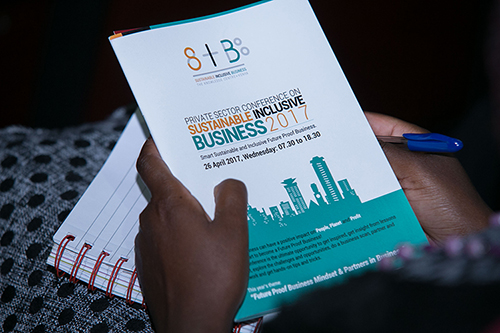Just as climate change has damaged over 10 million hectares of forests in the Canadian province of British Columbia, it is killing trees in cities too.
In urban environments, trees are threatened by heatwaves and lack of rain, both predicted to increase in coming decades. Towns and cities are often home to a great diversity of trees, including those with a high tolerance of climate extremes, but species’ selection criteria and climate-risk assessments are poorly documented. Tree selection and planning are important.
Urban forests are made up of trees, shrubs and other plants grown in streetscapes, parks and greenways, as well as already existing native vegetation. They benefit humans by reducing heat, absorbing air pollution, providing homes for wildlife, and improving health. These forests surround built environments, such as concrete structures, streets, pedestrian walkways and bike paths, all of which amplify the effects of climate warming. People also enjoy looking at trees, which is important. Access to these green spaces enhances our connections with nature and improves mental health, particularly during pandemic lockdowns.

